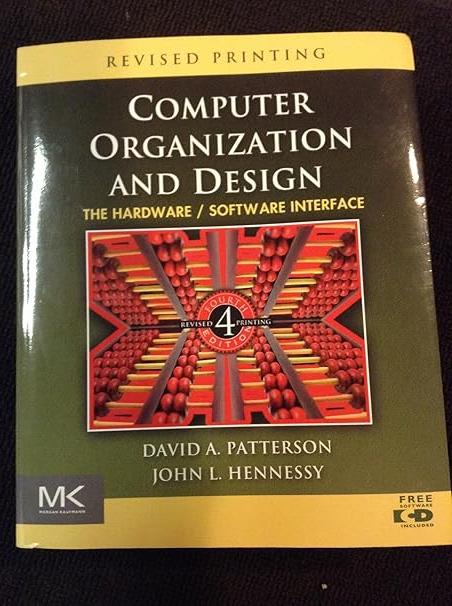The remaining three problems in this exercise refer to the following function, given in both C and
Question:
The remaining three problems in this exercise refer to the following function, given in both C and x86 assembly. For each x86 instruction, we also show its length in the x86 variable-length instruction format and the interpretation (what the instruction does). Note that the x86 architecture has very few registers compared to MIPS, and as a result the x86 calling convention is to push all arguments onto the stack. The return value of an x86 function is passed back to the caller in the EAX register.
![b. void f(int a[], int n) [ int i; for(i=0;i!-n;i++) a[i]=0; } : 1B, push %ebp to stack : 2B, move %esp to](https://dsd5zvtm8ll6.cloudfront.net/images/question_images/1698/1/4/2/06965379775bce7e1698142068323.jpg)
Translate this function into MIPS assembly. Compare the size (how many bytes of instruction memory are needed) for this x86 code and for your MIPS code.
Step by Step Answer:

Computer Organization And Design The Hardware Software Interface
ISBN: 9780123747501
4th Revised Edition
Authors: David A. Patterson, John L. Hennessy





